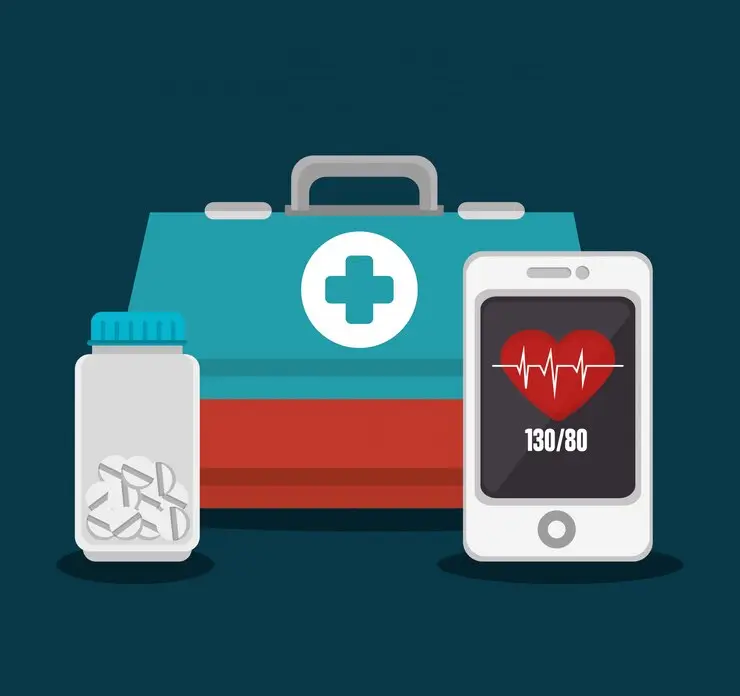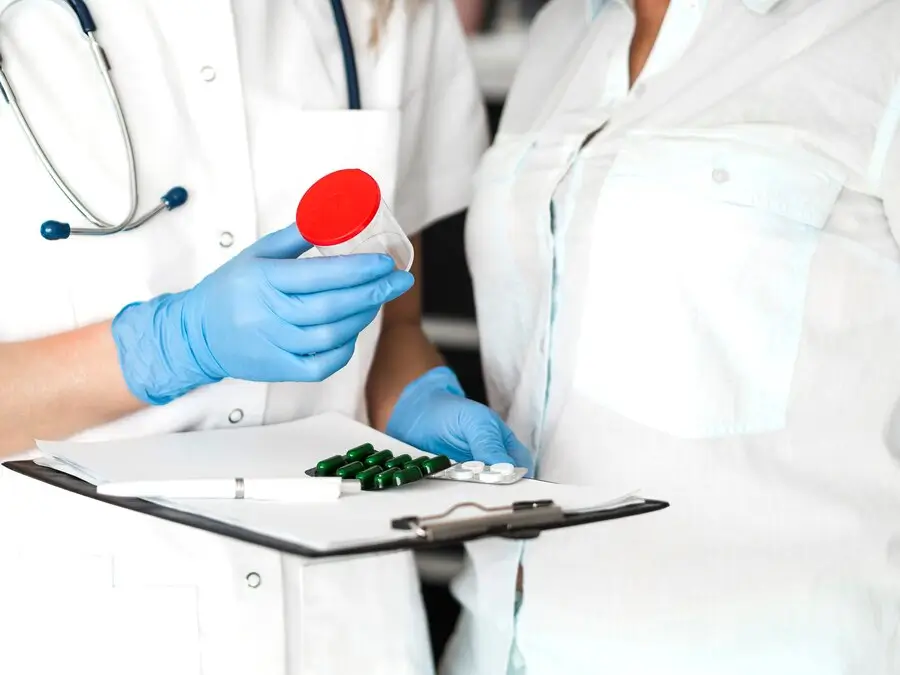
When cardiac arrest occurs, an Automated External Defibrillator (AED) can mean the difference between life and death.
However, the effectiveness of an AED depends heavily on correct AED pads placement.

Ensuring AED pads placement is accurate increases the likelihood of survival in the crucial moments following cardiac arrest.
Correct AED pads placement directly affects whether the heart receives a proper electrical shock.
If the pads are not placed in the right locations, the defibrillator cannot create the necessary pathway to deliver the shock effectively.
By adhering to the correct AED pads placement, the electrical pathway is optimized, significantly improving the chances of restarting the heart.
Ensuring AED pads placement is correct involves a clear understanding of the process.
Here’s a step-by-step guide to placing AED pads effectively:

Special Circumstances:
By following these steps, AED pads placement can be done efficiently and without confusion, increasing the likelihood of a successful resuscitation.
Even with training, many people make errors in AED pads placement that can hinder the effectiveness of the shock.
Here are some common mistakes and how to avoid them:
Avoiding these mistakes ensures the AED operates at its full potential during an emergency.
The science behind correct AED pads placement lies in ensuring the electrical current passes directly through the heart.
If placed improperly, the shock may bypass the heart or disperse into the surrounding tissue, reducing the chances of restarting the heart.

By understanding how AED pads placement affects the heart, first responders can make more informed decisions in emergencies.
Ensuring correct AED pads placement can significantly improve survival rates during cardiac arrest.
Here are best practices to follow:
Key Best Practices:
By following these best practices, organizations can be better prepared to act quickly and effectively during a cardiac emergency.
Correct AED pads placement is essential in the critical moments following a cardiac arrest.
It ensures the electrical shock is delivered efficiently, maximizes the effectiveness of CPR, and reduces the risk of injury.
With proper preparation, including maintaining AEDs and training personnel, survival rates can be significantly improved.
At AIDEL, we provide comprehensive first aid solutions, including AED training, to corporate and healthcare professionals.
Our focus on health and safety ensures organizations are equipped with the knowledge and tools to respond effectively in emergencies.
Learn more about our First Aid Box solutions here.
For access to reliable AED Supplies & Spare Parts and other essential first aid resources, visit our store, or contact us via Whatsapp for expert guidance and support.